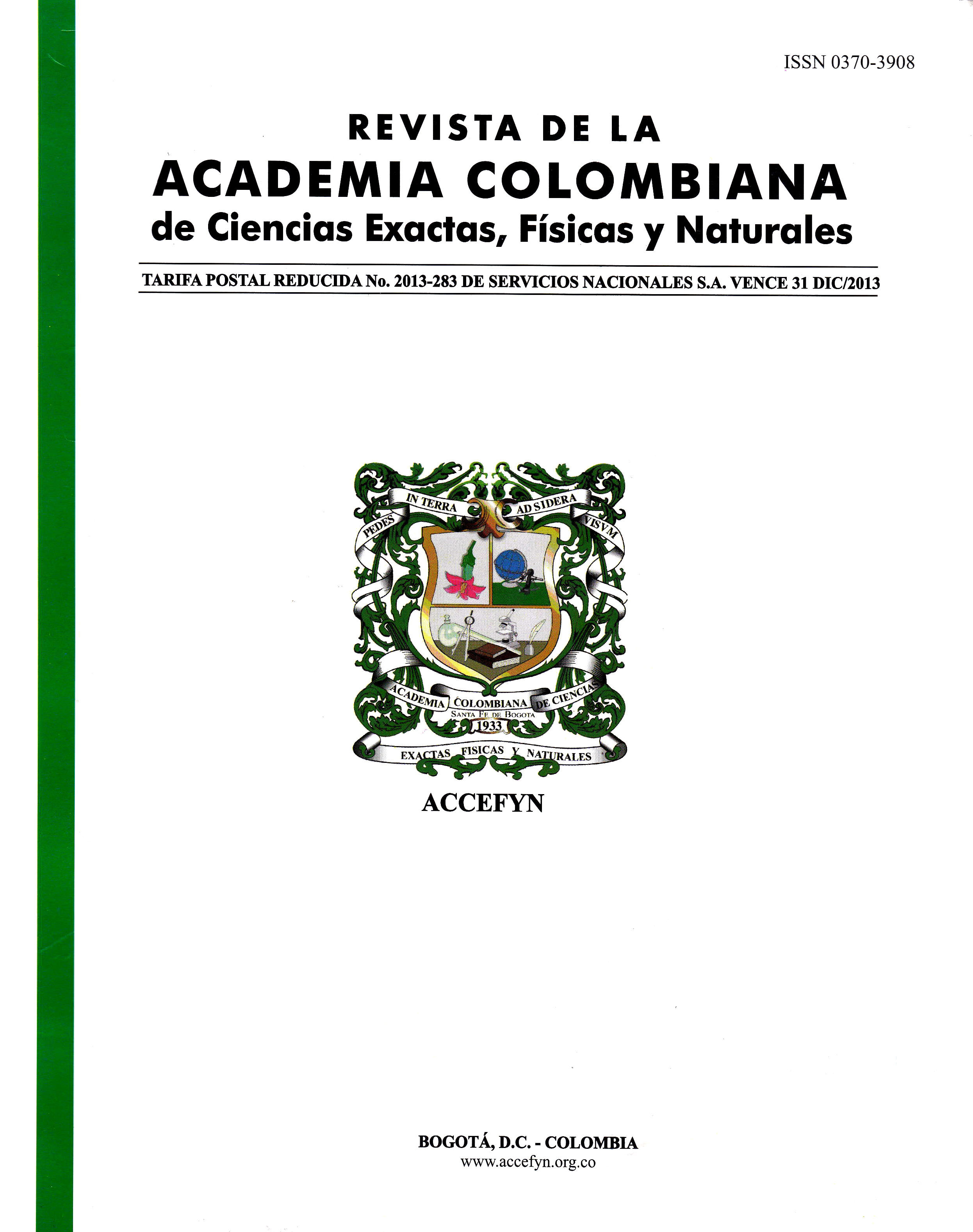Abstract
An investigation was initiated to evaluate the potential use of castor seed shell as a bio–adsorbent for was tewater treatment to reduce the adverse environmental impacts. Preliminary tests were conducted in aqueous phase retention phenol and p-nitrophenol at a temperature of 25° C, considering factors such as initial concentrations (30 - 60 ppm), pH and contact time. The data obtained were analyzed using Langmuir and Freundlich models, which showed 7 to 15 ppm of phenol and p-nitrophenol were retained of the compound in the untreated material.
References
Agoubordea, L., Navia, R. 2009. Heavy metals retention capacity of a non-conventional sorbent developed from a mixture of industrial and agricultural wastes. Journal of Hazardous Materials 167, 536–544.
Ahmaruzzaman, M., Sharma, D.K. 2005. Adsorption of phenols from wastewater. J. Colloid Interface Sci. 287, 14–24.
Akcay, M., Akcay, G. 2004. The removal of phenolic compounds from aqueous solutions by organophilic bentonite. Journal of Hazardous Materials B113, 189-193.
Alvarez, P., García- Araya, J.F., Beltrán, F.J., Masa, F.J., Medina, F. 2005. Ozonation of activated carbons: Effect on the adsorption of se-Ozonation of activated carbons: Effect on the adsorption of selected phenolic compounds from aqueous solutions. Journal of Colloids and Surface Science 283, 503-512.
Ayranci, E., Duman, O. 2005. Adsorption behaviors of some phenolic compounds onto high specific area activated carbon cloth. Journal of hazardous material 124, 125-132.
Batista, A., et al. 2009. Biosorption of Cr(III) using in natura and chemically treated tropical peats. Journal of Hazardous Materials 163, 517–523.
Chandra, K., Kamala, C., Chary, N., Anjaneyulu, Y. 2003. Removal of heavy metals using a plant biomass with reference to environmental control. Int. J. Miner. Process 68, 37– 45.
Jianfeng, S., et al. 2010. The prediction of elemental composition of biomass based on proximate analysis. Energy Conversion and Management 51, 983–987.
Kujawski, W., et al. 2004. Removal of phenol from wastewater by different separation techniques. Desalination 163 287-296.
Lesmanaa, S., Febrianaa, N., Soetaredjoa, F., Sunarsob, J., Ismadjia, S. 2009. Studies on potential applications of biomass for the separation of heavy metals from water and wastewater. Biochemical Engineering Journal 44, 19–41.
Oladoja, N., Aboluwoye, C., Oladimeji, Y., Ashogbon, A., Otemuyiwa, I. 2008. Studies on castor seed shell as a sorbent in basic dye contami Studies on castor seed shell as a sorbent in basic dye contaminated wastewater remediation. Desalination 227, 190–203.
Park, H., et al. 2007. Removal of heavy metals using waste eggshell. Journal of Environmental Sciences 19, 1436–1441.
Pérez, A., et al. 2009. Biosorption of chromium (III) by orange (Citrus cinensis) waste: Batch and continuous studies. Chemical Engineering Journal 155, 199–206.
Salame, I., Bandosz, T. 2003. Role of surface chemistry in adsorption of phenol on activated carbons. Journal of Colloid an Interface Science 264, 307-312.
Sponza, D., Selcuk, Ö. 2005. p-nitrophenol renoval in a sequential anaerobic migrating blanket reactor (AMBR) / aerobic completely stirred tank reactor (CSTR) system. Process Biochemistry 40, 1679-1691.

This work is licensed under a Creative Commons Attribution-NonCommercial-NoDerivatives 4.0 International License.
Copyright (c) 2023 Revista de la Academia Colombiana de Ciencias Exactas, Físicas y Naturales

